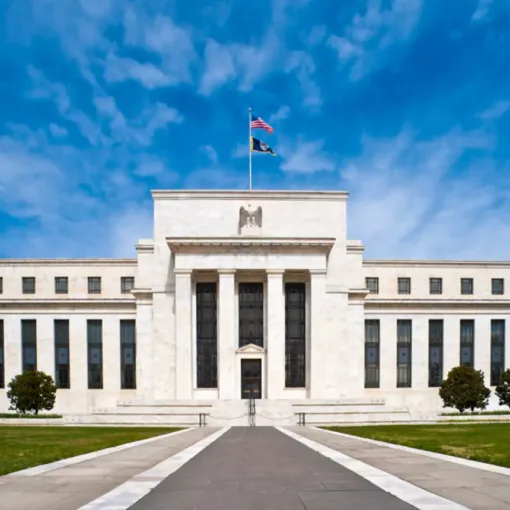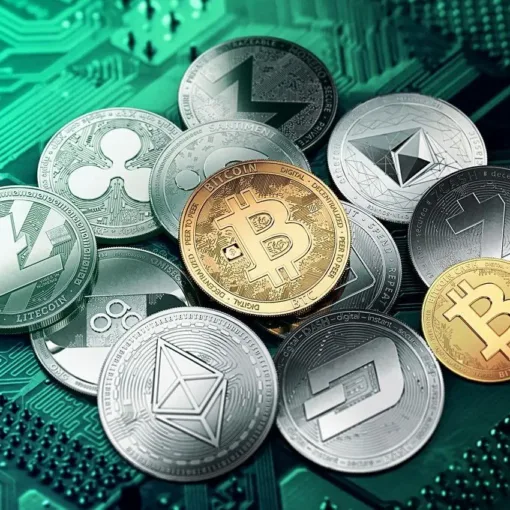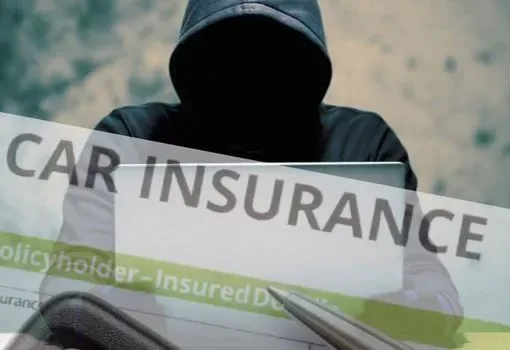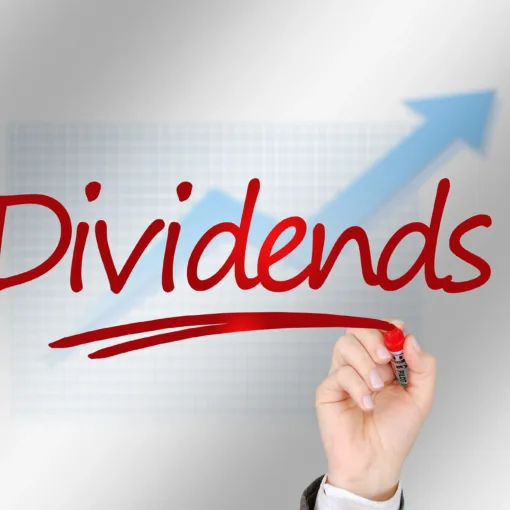The Education Department stated that more than 800,000 debtors will be forgiving student loans as a result of changes to its income-driven repayment schemes.
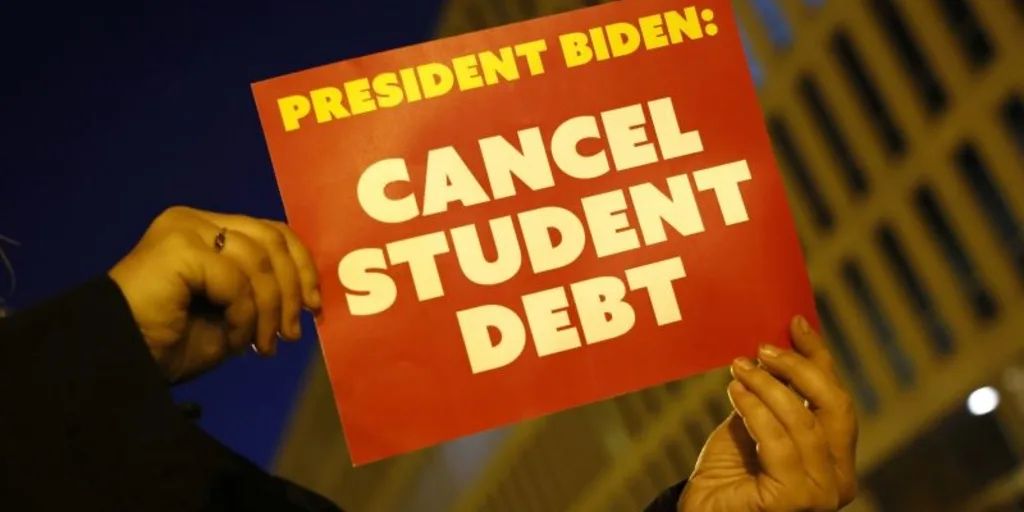
Several thousand federal student loan debtors are surely thinking, “Is my debt load going to become a little lighter?”
Table of Contents
On Friday, the Biden administration announced that more than 800,000 borrowers would have their remaining loan balances vanish, totaling $39 billion, as part of a program to address past mistakes made by loan servicers who did not succeed in giving the payment credit where the payments were due or who might have provided inadequate guidance when borrowers called for help.
Thousands more borrowers will discover if they got an account adjustment resulting in enough qualifying payments to cancel their debts in the coming days and months, a process that will continue through the end of the year. Following that, debtors who do not yet have enough qualifying payments for cancellation will get an update on their payment counts.
Explore who is eligible for the student loan forgiveness program below:
Who Qualifies for the new student loan forgiveness program as a part of the forgiveness of student loans program?
Borrowers holding direct loans or those made via the Federal Family Education Loan, or F.F.E.L. program that is managed by the Education Department, as well as those with Parent PLUS loans, may qualify.
However, borrowers are only eligible for debt cancellation if they have reached a particular level or amassed the equivalent of 20 or 25 qualifying months. Most borrowers must have been in debt for 240 or 300 months on either an income-driven repayment plan (payments fluctuate based on a borrower’s income and family size) or a conventional repayment plan.
While some IDR plan borrowers may be breathing a sigh of relief this week, millions of Americans will soon be required to make student loan payments for the first time in more than three years.
On September 1, interest will begin to accumulate, and loan repayments will begin in October.
According to figures from the Federal Reserve Bank of New York, around 43.5 million Americans have taken out student loans, with the average borrower owing $37,787.
President Biden stated last year that his government would forgive student loans up to $20,000 in student loan debt for millions of Americans, a key campaign promise. The Supreme Court, however, rejected the administration’s intentions in June, thus terminating the program before discharges could begin.
The new Saving on a Valuable Education (SAVE) plan, an income-driven repayment scheme that began in July, is one example. The SAVE program was created as an option for borrowers to avoid the drawbacks of typical IDRs, such as compounding interest.
Borrowers’ monthly payments might be slashed in half or possibly eliminated entirely under the scheme. According to the Biden administration, many will save up to $1,000 per year on repayments.
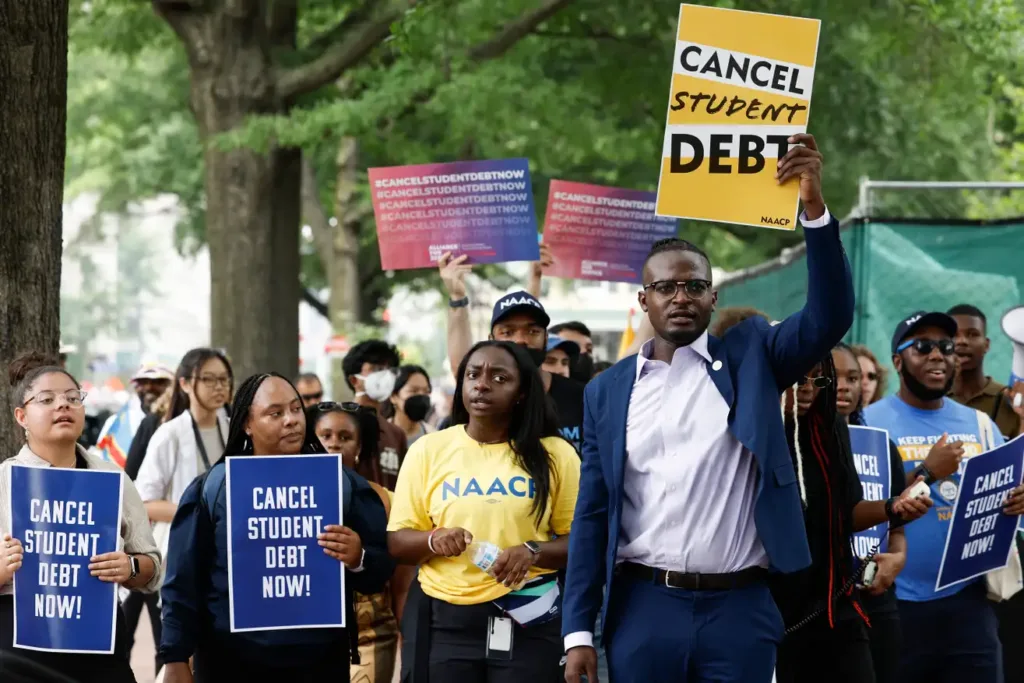
Key Initiatives:
President Biden has led a wide push to relieve the burden on federal student loan debtors by initiating forgiving student loan programs since taking office. The plans are as follows:
Student loan forgiveness
The president stated in 2022 that the federal government will forgive up to $20,000 in federal student loans per individual. Following that, the Education Department began accepting applications, but legal disputes prevented the government from releasing any debt. The Supreme Court dismissed Biden’s plan on June 30, stating that the president had overstepped his jurisdiction.
Pauses on repayments
As part of a pandemic alleviation strategy, a payment moratorium on federal loans has been extended eight times since March 2020. The delay, however, will be lifted no later than Aug. 30 as part of a deal between Biden and Speaker Kevin McCarthy to increase the debt ceiling.
Income-driven repayment
The Education Department provided information on planned rule changes in 2023 that would amend one of its existing income-driven repayment programs, known as REPAYE, in which borrowers’ monthly payments are connected to their income and family size. Millions of borrowers would be able to reduce their monthly government payments by more than half.
Targeted relief
Debts have been forgiven for qualifying public employees, permanently handicapped debtors, deceived students, and students whose institutions unexpectedly shuttered while they were enrolled by the Biden administration.
Fixing mistakes
In addition, the administration announced that more than 800,000 borrowers with federal loans owned directly by the Education Department and enrolled in income-driven repayment plans would have $39 billion in debt forgiven as part of an effort to correct years of mistakes by loan servicers that collect payments on the government’s behalf.
The exact amount of eligible payments will vary based on the borrower’s loan type and the payment plan in which the individual is enrolled.
Must Read: How To Start Investing in 2023? 7 Best investment Options
How do I know if I received extra credit for payments?
Borrowers’ revised payment count will reflect any month they were in repayment, regardless of loan type, repayment plan chosen, or incomplete or late payments.
They will, however, get credit for any period in which they spent 12 or more consecutive months in forbearance, as well as any month in which they spent 36 or more total months in forbearance.
Any month spent in deferral before to 2013 will also be counted, with the exception of in-school deferment. The same is true for every month of economic hardship or military deferral beginning on or after January 1, 2013.
The scenarios described above will also count if they occurred before you consolidated your debts.
When will student loan debt cancellation start?
Immediately.
The Education Department stated that borrowers would be notified if they have enough payments for cancellation with no further action required and that borrowers who met the debt elimination criteria would be notified every two months until next year.
Debt discharges will begin 30 days after the emails are delivered, and the borrower’s loan servicer will notify them when the process is through.
If you are making payments, which will resume sometime in October following a three-year payment freeze, they will be suspended until the debt is paid off.
(Borrowers who wish to opt out should tell their loan servicer.)
Where can I find my updated payment count?
You won’t be able to acquire this information for quite some time – perhaps not until next year. Because the loan servicers are still waiting for the Education Department to update those data, contacting them is unlikely to generate any fresh information.
The Education Department stated that once they had processed all borrowers who qualified for debt cancellation, they would modify other borrowers’ payment numbers.
Any months accumulated can be used to Public Service Loan Forgiveness provided you can demonstrate that you worked for an eligible company during the same time period.
How will I know if my student loan is forgiven?
According to ABC News, look for an email from your loan servicing business, which began informing consumers about the debt forgiveness on Monday.
Because of “historical failures” in the system, the Biden administration has targeted debtors enrolled in IDR programs for student loan forgiveness.
The monthly payback amounts for IDR plans are calculated depending on the borrower’s income. For debtors who do not earn a living, the payment might be as low as $0 per month as a part of forgiving student loans program.
According to Department of Education standards, student loan borrowers engaged in an IDR plan should be eligible for loan forgiveness after making either 240 or 300 monthly payments on an IDR plan or a normal repayment plan. Borrowers with monthly payments as low as $0 are included for forgiving student loans .
However, the Education Department’s evaluation of IDR payment tracking methods revealed significant flaws in the system, implying that borrowers were “missing out on progress toward IDR forgiveness,” according to a statement issued by the DOE last year. Furthermore, the department’s investigation of Federal Student Aid found that loan servicers placed struggling borrowers in forbearance in violation of DOE standards.
On July 14, the Department of Education advised borrowers engaged in income-driven repayment programs who have accrued the equivalent of 20 or 25 years of eligible monthly payments that they will soon receive letters confirming their debt has been erased.
“For far too long, borrowers fell through the cracks of a broken system that failed to keep accurate track of their progress towards forgiveness,” stated U.S. Secretary of Education Miguel Cardona at the time.
According to a White House statement issued Monday, the government’s aid will totally eliminate student loan debt for over 614,000 Americans.
